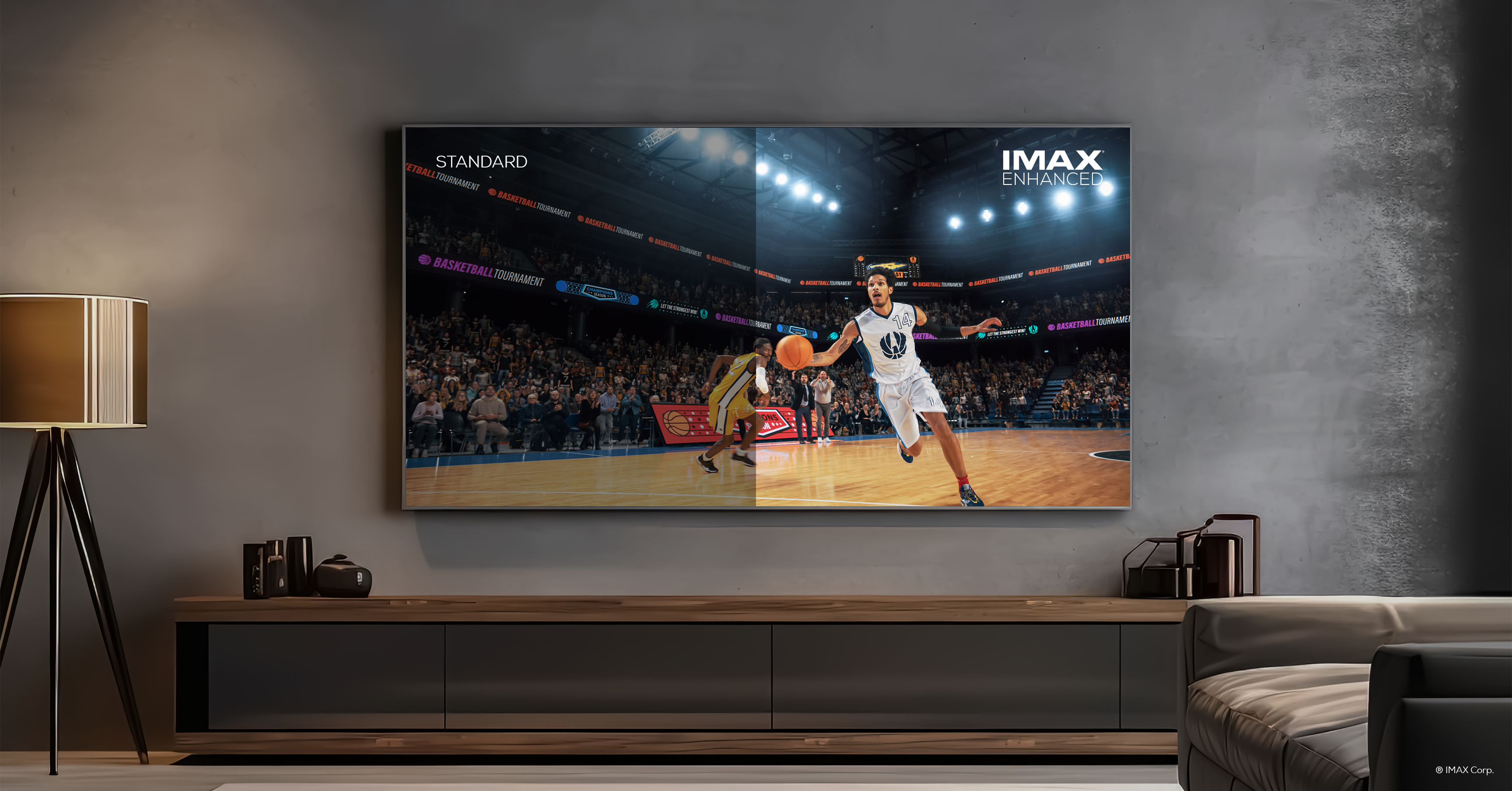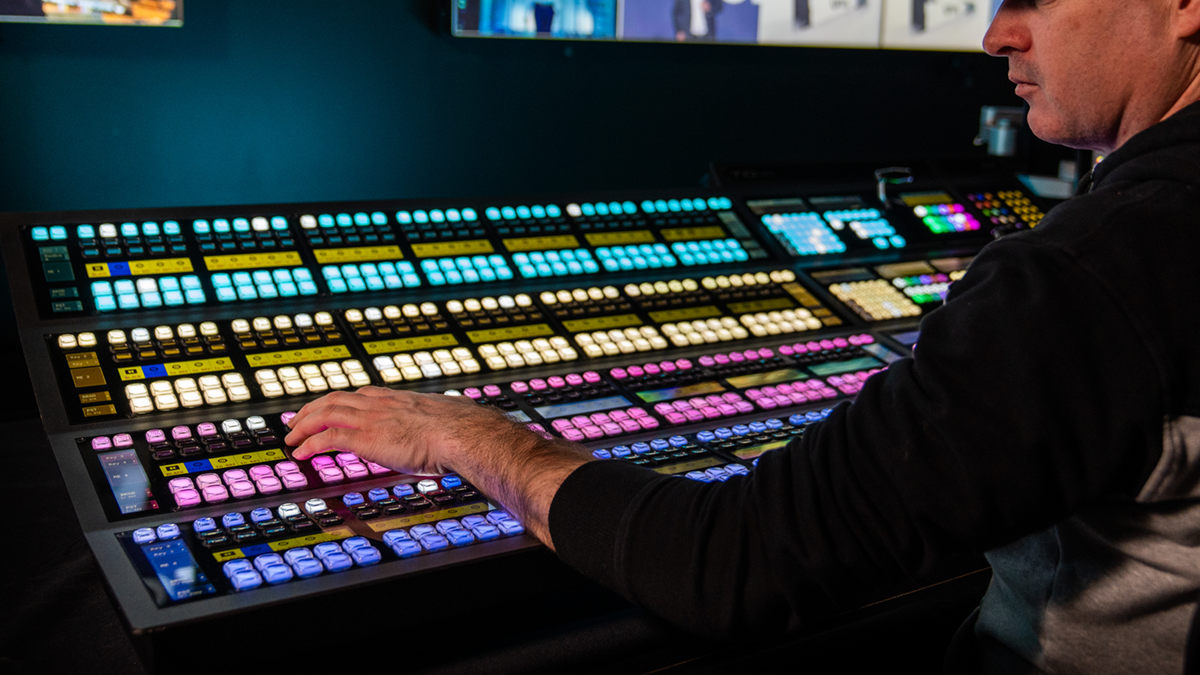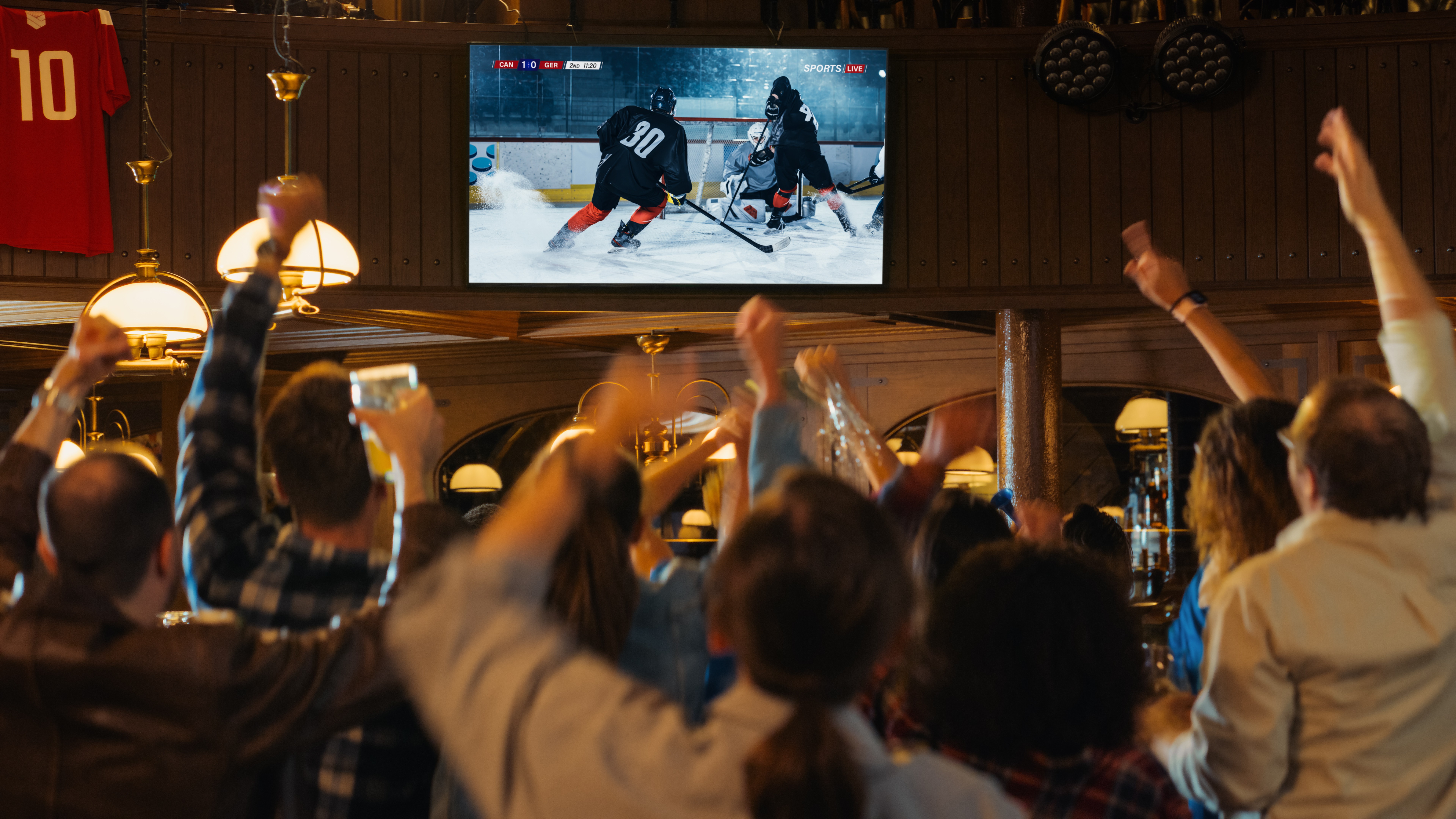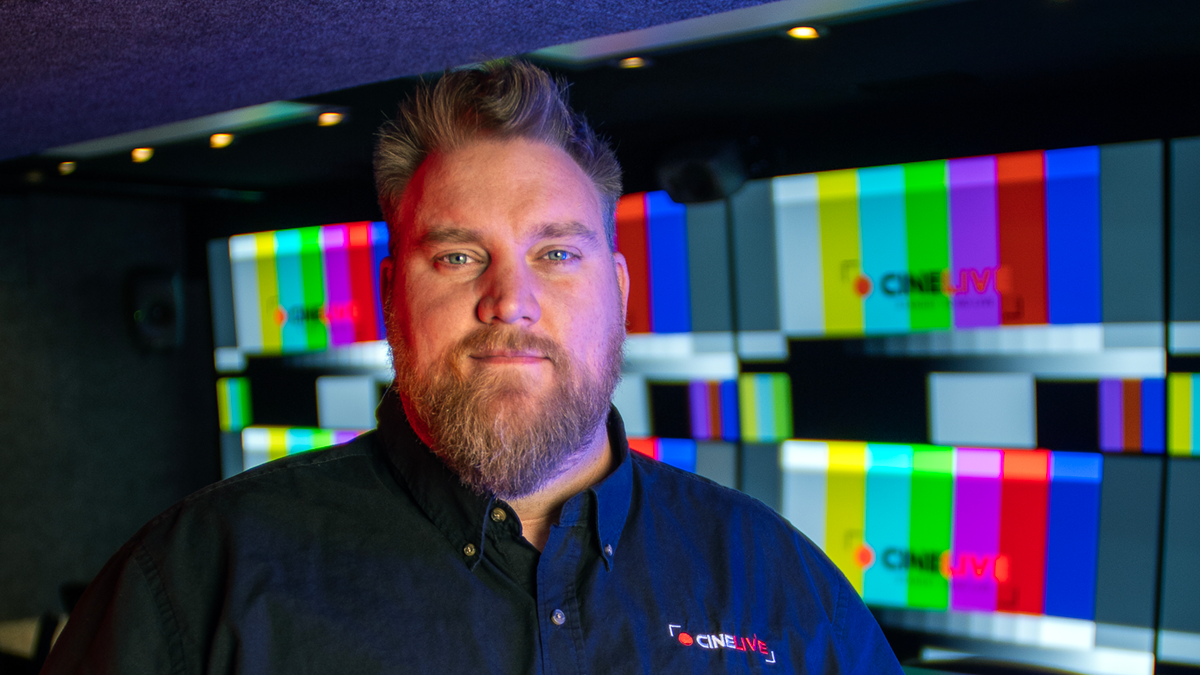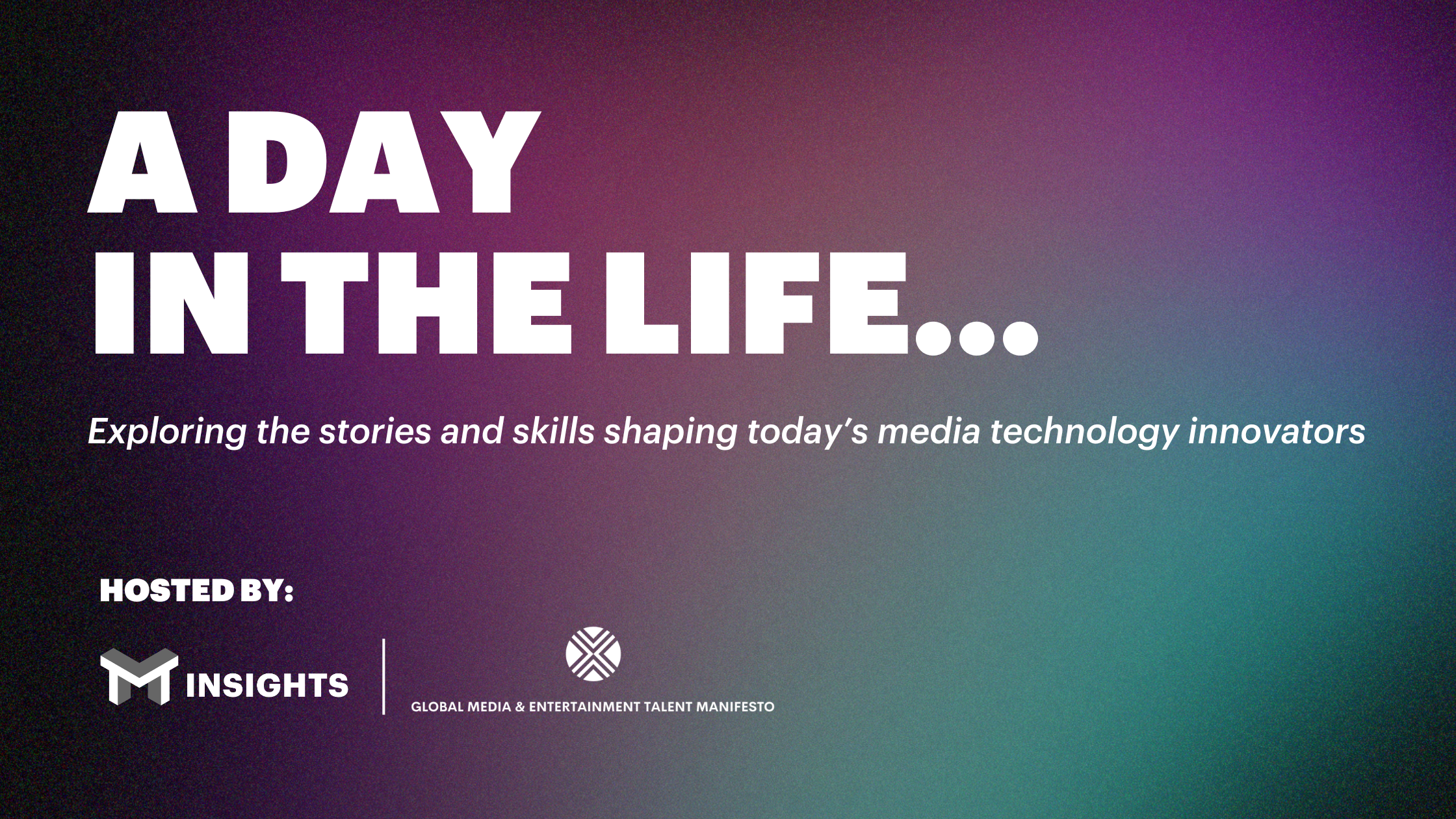NextGen TV: Why We’re Doing It
With ATSC 3.0 now reaching half of U.S. viewers, broadcasters are taking the necessary steps to bring over-the-air TV to its fullest potential
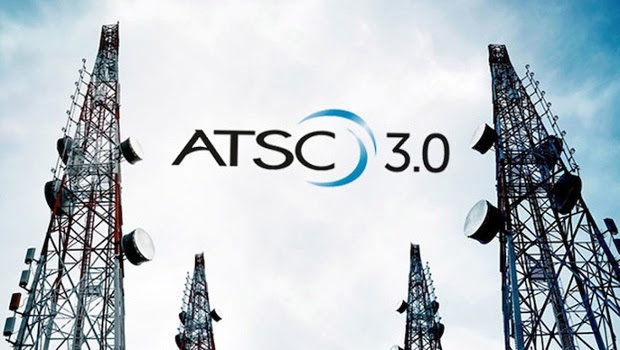
JOHNSTON, IOWA— There is a bit of a renaissance taking place in the broadcast television industry—the return of the television antenna. Television antennas became relegated to use only by the TV in bedroom for watching the nightly news or to the TV on the kitchen counter providing background content while preparing a meal.
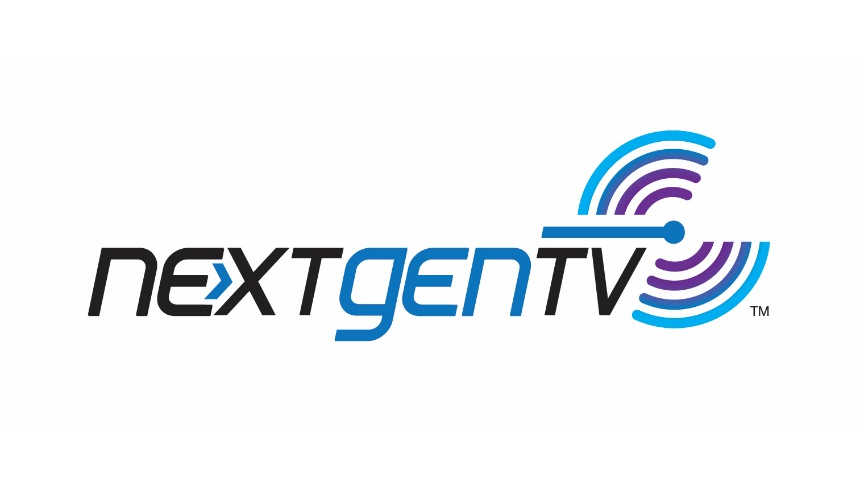
However, with the rising costs of traditional cable and satellite services, the increased availability of over-the-top streaming services and the expanded channel selections over traditional broadcast have exposed digital generations to the technology and reminded the pre-digital generations of how they used to be entertained in their homes. A recent study from Horowitz Research shows that antenna penetration nationwide grew 38% year-over-year between 2020 and 2021 and now reaches 40% of all TV content viewers 18+.
As this rediscovery is taking place, the underlying technology of traditional over-the-air broadcast television is undergoing a metamorphosis that will enable improved traditional television and a whole lot more. Higher-quality pictures and immersive audio are just the tip of the iceberg of improvements.
NextGen TV, as it has been dubbed by the Consumer Technology Association will enable interactivity with the content, user-specific personalization and recommendations, higher resolution, a vast improvement in accessibility and alerting features, and a raft of other capabilities beyond what television can and has traditionally done or even considered.
The Path Forward
While it may seem irrelevant to talk about the original NTSC standard and analog broadcasting, it is important to understand how the past has influenced the present ATSC 1.0 DTV broadcasting service and continues to influence the rollout of ATSC 3.0. One of the obvious influences is a TV’s station’s over-the-air coverage. While television can trace it roots back to the early 1900’s, it was after World War II that the explosive growth started. which required the establishment of the interference limited coverage contours that we are all familiar with. While over-the-air service protection changed to noise-limited contours, the assumption was that the receiver was stationary and attached to an antenna that was mounted outside of the home and 30 feet above the ground.
The introduction of digital television (DTV) 25 years ago was a game changer when it came to the quality and quantity of live streaming content that is still the mainstay of over-the-air broadcasting. It also expanded ancillary services which we often refer to as “datacasting,” which, in essence, started with the introduction of closed captioning as a digital service carried on line 21. There have been numerous experiments and deployments of other ancillary digital services encoded into the analog services with limited success.
ATSC 3.0 was the next logical step in the development of television and pretty much follows the path of all things digital. As the underlying physical technology improves, software developers create code to take advantage of the improvements which then pushes the physical technology, and the cycle continues.
Global Goal
Unlike what was done in the past, the goal this time was to create a standard that could be adopted worldwide. A global community of technical experts is involved in creating the use cases and suite of standards that is ATSC 3.0 as well as in its testing, refinement and deployment.
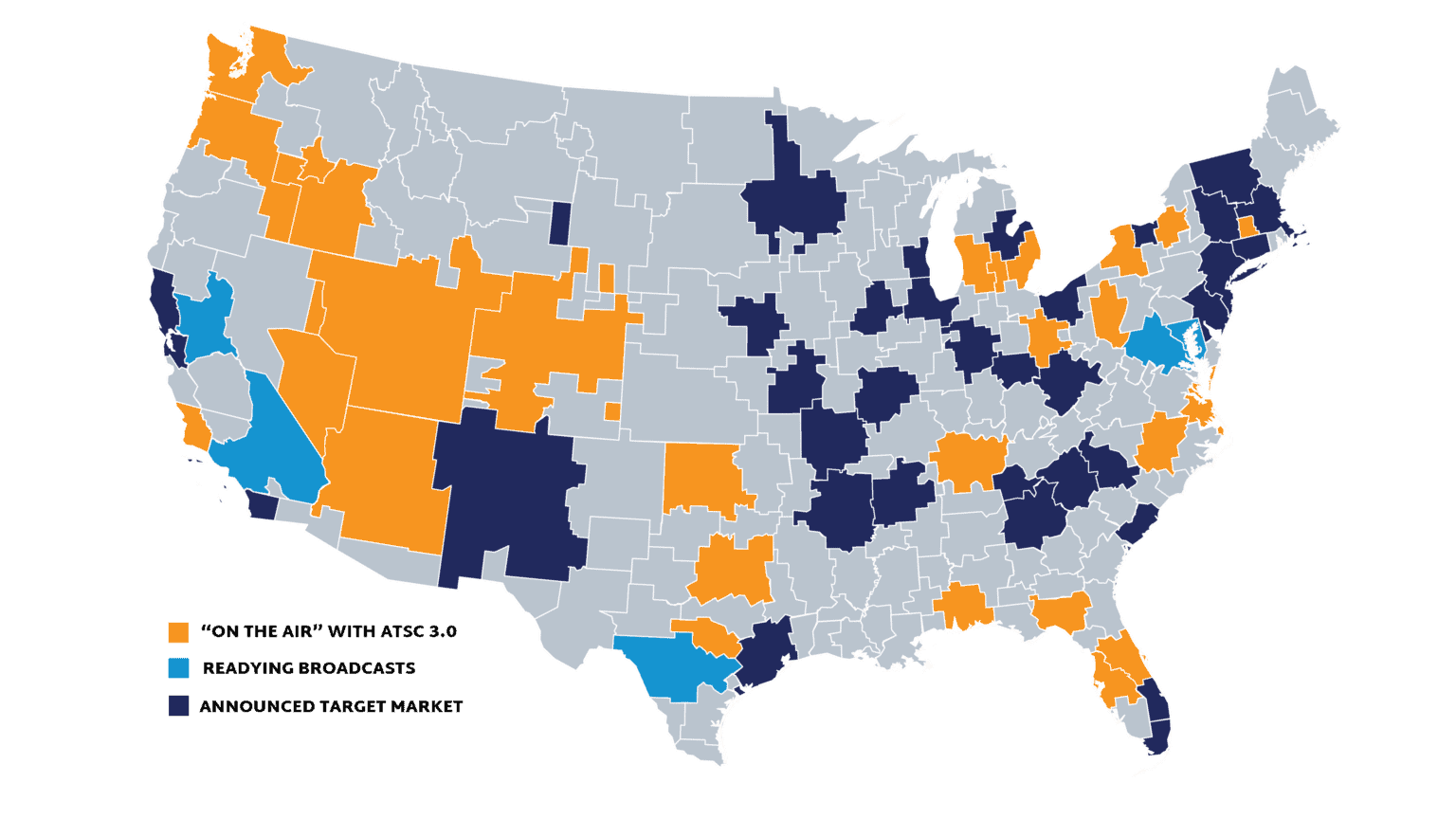
Currently, in the U.S., more than 60 markets have deployed NextGen TV with station groups working together to launch ATSC 3.0 while maintaining ATSC 1.0. South Korea deployed ATSC 3.0 a few years ago and there are also other countries that are looking at their next upgrade in terrestrial DTV and considering adopting all or portions of ATSC 3.0. This could be good news as it could prompt a deeper consideration of adding ATSC 3.0 receivers in handheld devices.
Probably the most frequent question I hear when discussing the move to NextGen TV is: Why do it at all? The transition to DTV was easier because it was federally mandated, but the FCC’s approach to ATSC 3.0 is to put the decisions and timeline mostly in the hands of station owners, with some guidance from the commission on protecting traditional digital broadcasts.
To answer the “why” question requires that we examine how the advances offered by ATSC 3.0 resonate with decisionmakers as well as the general public. It also requires that we understand not only the content creation side of the equation but content reception as well. Take immersive technology for example—creating this type of content will not only require additional skills and resources from the creators, it will also require the consumer to have the technology to receive it.
Consumer Adoption
I often get the chance to talk about NextGen TV with industry groups as well as the general public and I usually start off with a few questions to the audience to get an understanding of their technical expertise and field of interest.
The first thing I like to talk about is the improved reception thanks to the changes to the physical layer modulation scheme and the addition of elliptical or circular polarization to the transmitted signal.
Just as important, there’s also the advantage of being able to configure independent physical layer pipes to improve specific stream reception in the face of more challenging conditions. Using an indoor antenna is not only a fact of life but also the dominant methodology for viewers who expect reliable service regardless of location.
Explaining the benefits of ATSC 3.0 over ATSC 1.0 to consumers is significantly more challenging. Where the DTV explanation got complex was the difference between SD and HD. Talking pixel count and resolution is fairly easy and the audience is sort of conditioned to understand that the bigger number is always better.
The problem with ATSC 3.0 is that the benefits of UHD over HD are much more subtle. This is especially true given that most broadcasters don’t see the benefit of using a significant amount of their channel capacity to carry content at a resolution that will not be perceived by a significant majority of viewers.
The areas that I like to focus on regarding content enhancement are things like color gamut, dynamic range and immersive audio. I bypass the 1080p vs. 1080i debate and instead, show an SDR and HDR high definition picture side by side that clearly illustrates the value proposition.
When it comes to audio, the early enhancements used to be a lot harder to explain, but inexpensive sound bar systems have made 5.1 immersive audio a fairly simple and affordable audio enhancement.
I am also careful when bringing up the potential for personalization and interactivity, primarily because most of the development happening in that space is geared towards enhancing advertisers’ ability to better target their audiences. However, I’m not sure that telling viewers that they’ll see more meaningful commercials adds a lot to the value proposition.
Public Service
Perhaps ATSC 3.0’s strongest tool in the toolbox is its ability to provide a much more robust and meaningful emergency alerting services—a topic that resonates well with everyone. The idea of waking up a receiver to provide alerts during an emergency is a very compelling.
I live in an area of tornadic activity and high-wind events that happen on very short notice. Weather radios are pretty common and while they wake you up and provide an audio alert, most of us will turn on the TV to see what is happening. ATSC 3.0 can wake people up and provide video and audio and offers a faster and more complete, yet simpler method of gathering the necessary emergency information from different sources.

My colleagues at PBS North Carolina have even worked with emergency services within their state to use ATSC 3.0 as a closed alert system for first responders providing basic data in a few seconds that currently takes minutes using their current technology. The envisioned system can also supply a wealth of additional information such as maps, floor plans and situational data so that the first responders arrive better informed.
Closed-circuit services are not necessarily limited to first responders. The pandemic lockdown in many cases crippled educational institutions and many students lost an entire year or more of learning. A number of ATSC 3.0 pilot projects were demonstrated providing secure, curated content to deliver remote learning to homes that don’t have access to traditional broadband. The lack of connectivity may be due to rurality or economics, but regardless of the root cause, these pilot projects represent vital public services.
Fleet Updates
These types of ancillary services are just the tip of the iceberg—one to many broadcast distribution of data services have applications well beyond the traditional broadcast space.
With the annual ATSC Meeting being held in Detroit for the first time this month, we are seeing real interest from automakers—in particular, car rental companies—who are considering using ATSC 3.0 to provide software updates to their fleet. These companies have stated that the number one reason many of their cars are out of service is due to the lack of software updates, so being able to use ATSC 3.0 to update their fleet of vehicles while they are parked rather than in the service shop is a compelling case.
So what is the future of NextGen TV? Well, I have a fundamental question that I have asked myself and as well as others working in television. The question, “do you think ATSC 3.0 is essential to your station’s future survivability and growth?” I’ll be blunt, I have heard “yes,” “no,” and “not sure.”
My personal opinion is yes it is. I think that what we call DTV was actually a half step. ATSC 3.0 moves us to being a true digital broadband service. It will provide opportunities to grow in ways that we have only started to think about. Without it I think we operate our existing systems until we become irrelevant and fade away and without action on our part, I don’t believe that fate is too far into the future.
Get the TV Tech Newsletter
The professional video industry's #1 source for news, trends and product and tech information. Sign up below.
Bill Hayes is the former director of engineering and technology for Iowa PBS and has been at the forefront of broadcast TV technology for more than 40 years. He’s a former president of IEEE’s Broadcast Technology Society, is a Partnership Board Member of the International Broadcasting Convention (IBC) and has contributed extensively to SMPTE and ATSC. He is a recipient of Future's 2021 Tech Leadership Award and SMPTE Fellow.



